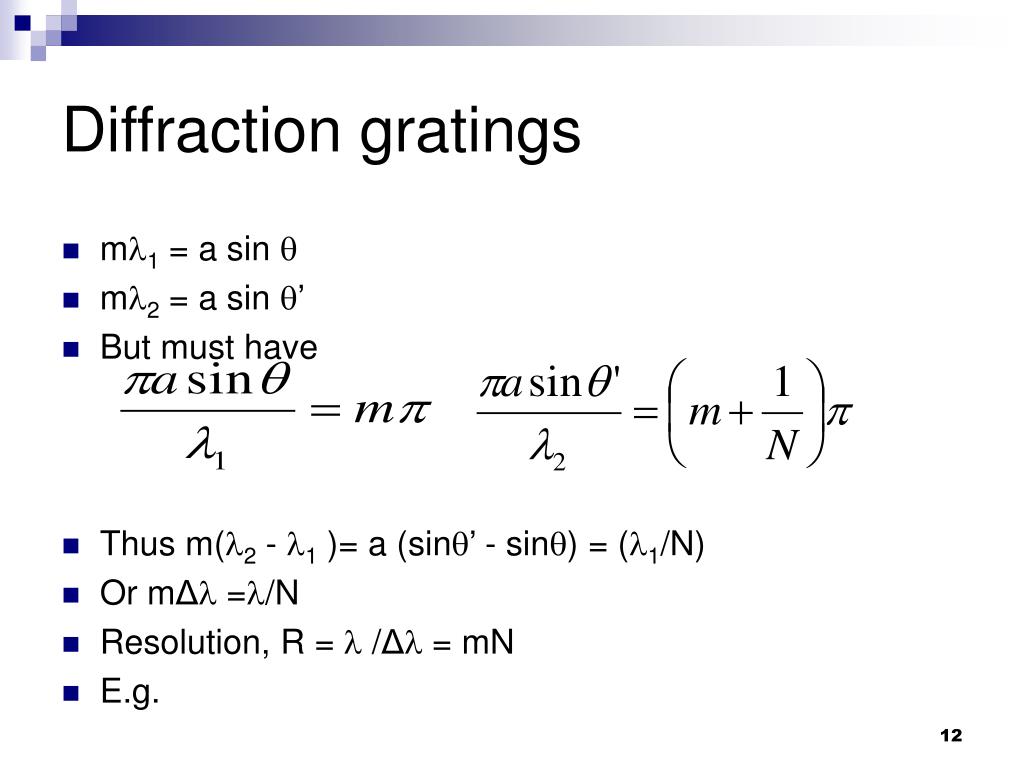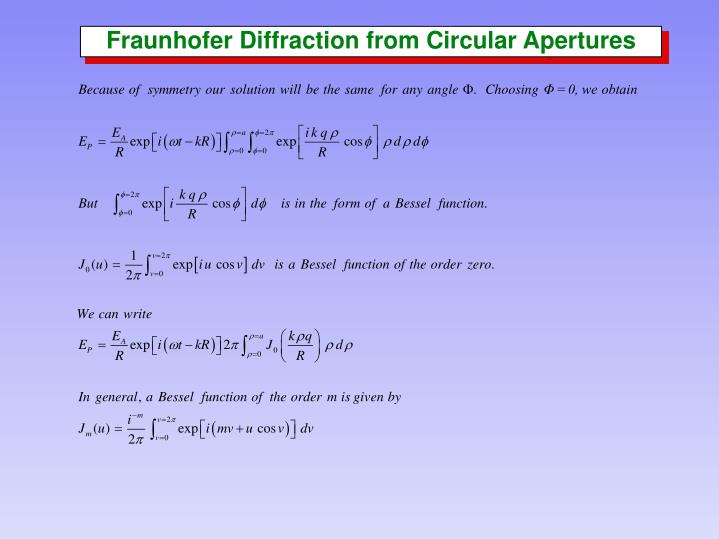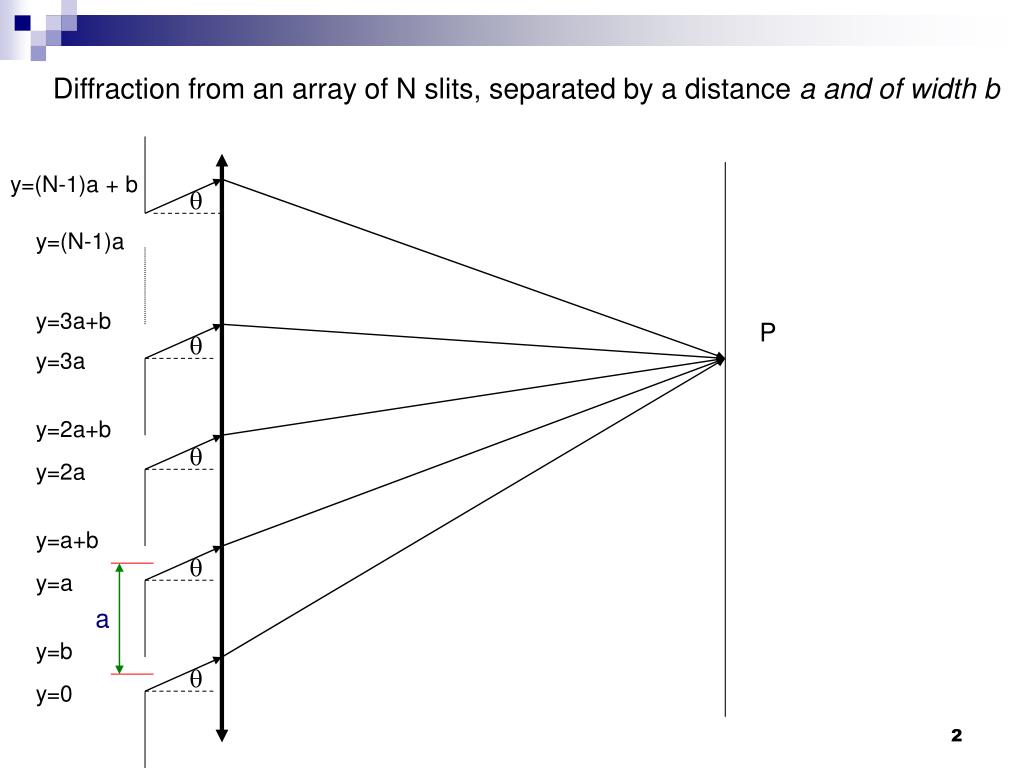

The book presents the general expression for the "optical disturbance" at a distance $R$ when using an arbitrary aperture, which is given as The situation is illustrated in the schemtaic below: The Airy disk can be an important parameter in limiting the ability of an. Fresnel diffraction from circular apertures and obstacles Investigation of the focusing and imaging properties of a Fresnel zone plate. Thus, the difference between Fresnel and Fraunhofer approximations is in the distance between diffracting aperture and plane of observation to which one can be. for R 1.0 m: Listing of the MATLAB code: DiffnCircApertureThy. I am working through my optics textbook (Hecht, 4th Edition), and am following the example of the far-field Fraunhofer diffraction pattern caused by a plane wave passing through a circular aperture. Fraunhofer diffraction from single slits, double slits, multiple slits, gratings, circular, rectangular, triangular and hexagonal apertures, and rectangular grids. screen for R 1.0 m: Polar plot of SIL ( )vs. I dont know the formula for the Fresnel equation off the top of my head.

The Fresnel pattern is what you get at non-infinite distances.

Why do we not see an infinite number of spots? What determines the maximum number of diffraction spots? Derive a mathematical expression for the maximum number of spots.I am looking for some help understanding something. The Fraunhofer diffraction pattern is the Fourier Transform of the aperture times the illumination pattern at the aperture, which is what you get at a distance of infinity from the aperture. Note that only 5 diffracted spots are visible with the 15,000 lpi grating. Figure 4.8 The Fraunhofer diffraction pattern of a rectangular aperture (wx/wy.The grating material has aged over the past 10 years because of environmental effects. For the grating labeled 15,000 lines per inch, measure the diffraction angles of the spots, and use this information to compute the actual periodicity of the grating.Do the patterns from the gratings behave as predicted by the theory? Examine the Fraunhofer patterns from the three amplitude transmission diffraction gratings (labeled as 2,400, 7,500 and 15,000 lines/inch) and describe the patterns you see.What is the theoretically expected pattern as N → ∞. Sketch the pattern for various values of N and explain qualitatively what happens as N increases from 2.The number of slits, N, in each grating is indicated beneath each set of the gratings. These are contained on the bottom row of the plastic-mounted slide of 3.2. Set up and observe the Fraunhofer diffraction pattern due to the N-slit gratings. Provide a reconstruction of the slits, then compare their relative dimensions numerically. Using the captured image, employ Matlab to calculate the relative spacing of the slits. It is important that you not move the imager from its current location. Optional: Using the CCD imager, as shown in Figure 1, capture an image of the two-slit diffraction pattern.Explain why and how varying the slit separation affects the diffraction pattern. In Section I you will measure the Fraunhofer diffraction pattern produced by a circular aperture and compare your data with the predictions of scalar.Rank the double slits in order of increasing separation. In addition, view the other double slits of varying separation on the top level of the same plastic slide.From your measurement calculate the slit width and the slit separation Sketch the pattern, and measure the angular distribution of the bright fringes for the double slit with the widest separation.These are contained on the upper level of the plastic slide labeled 3.2/3.3. Set up and observe the Fraunhofer diffraction pattern owing to the given double slits. Fraunhofer diffraction goes from the idea of a wave being split into several outgoing waves when passed through an aperture, slit or hole, and is usually described through the use of observational experiments using lenses to purposefully diffract light.


 0 kommentar(er)
0 kommentar(er)
